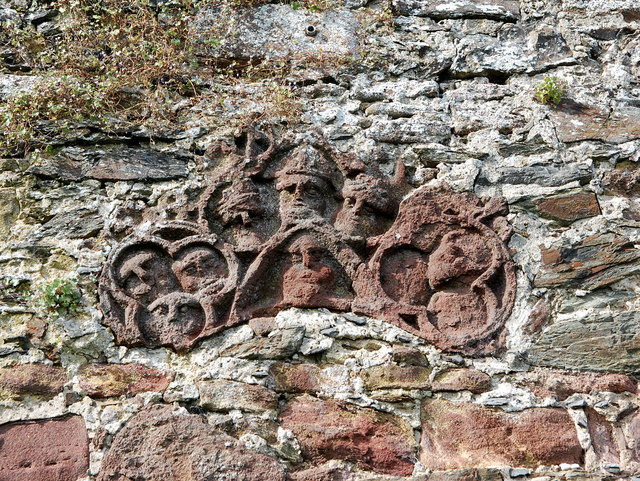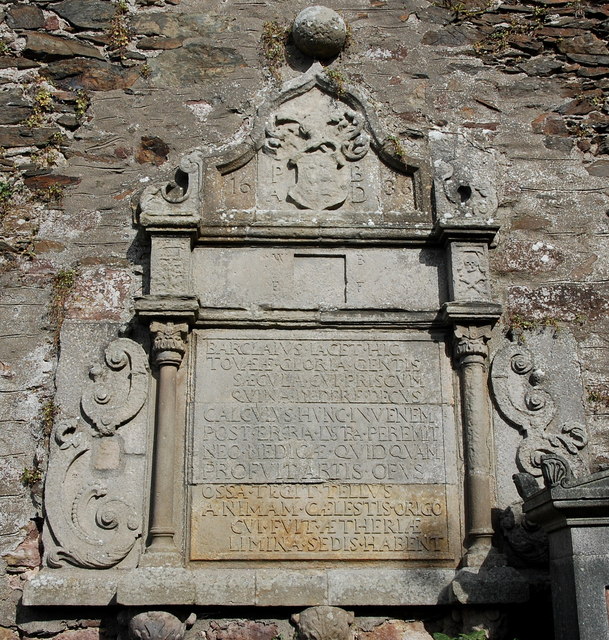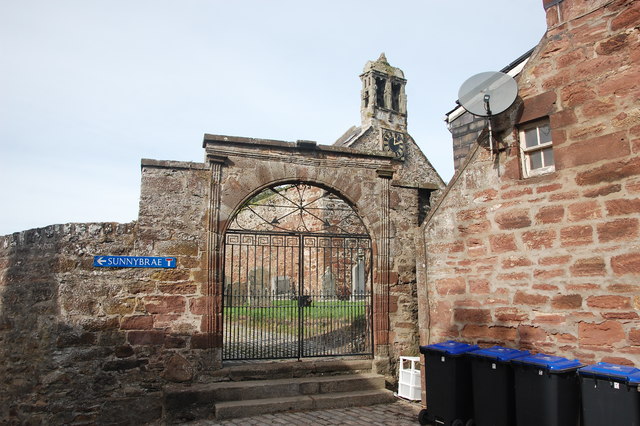Wood of Boggieshalloch
Wood, Forest in Aberdeenshire
Scotland
Wood of Boggieshalloch

The Wood of Boggieshalloch is a picturesque forest located in Aberdeenshire, Scotland. Spanning over a sprawling area, it is a renowned natural attraction that draws visitors from far and wide. The wood is nestled in the rolling hills and offers a tranquil escape from the bustling city life.
The forest is predominantly composed of native Scottish trees, including oak, birch, and pine, which create a diverse and vibrant ecosystem. These trees provide a natural habitat for a wide range of wildlife, such as red squirrels, roe deer, and various bird species. Birdwatchers often flock here to catch a glimpse of rare and elusive feathered creatures.
Walking trails meander through the wood, inviting visitors to explore its enchanting beauty. The paths are well-maintained, making it accessible to people of all ages and abilities. As visitors wander through the wood, they are treated to breathtaking views of lush greenery, wildflowers, and the occasional babbling brook.
The Wood of Boggieshalloch also holds historical significance. It is said to have been a hiding place for the notorious outlaw Rob Roy MacGregor during the 18th century. Today, remnants of an old stone bridge can still be seen, reminding visitors of its storied past.
For nature enthusiasts and outdoor lovers, the Wood of Boggieshalloch is a must-visit destination. Its peaceful ambiance, stunning landscapes, and rich biodiversity make it a perfect retreat for those seeking solace in nature's embrace.
If you have any feedback on the listing, please let us know in the comments section below.
Wood of Boggieshalloch Images
Images are sourced within 2km of 57.522487/-2.4499689 or Grid Reference NJ7348. Thanks to Geograph Open Source API. All images are credited.









Wood of Boggieshalloch is located at Grid Ref: NJ7348 (Lat: 57.522487, Lng: -2.4499689)
Unitary Authority: Aberdeenshire
Police Authority: North East
What 3 Words
///cobbled.executive.stuck. Near Turriff, Aberdeenshire
Nearby Locations
Related Wikis
Turriff railway station
Turriff railway station was a railway station in Turriff, Aberdeenshire, Scotland. It was opened in 1857 by the Banff Macduff & Turriff Junction Railway...
Turriff Cottage Hospital
Turriff Cottage Hospital is a community hospital in Turriff, Aberdeenshire, Scotland. It is managed by NHS Grampian. == History == The hospital was designed...
Turriff Academy
Turriff Academy is a non denominational comprehensive co-educational secondary school located in Turriff, Aberdeenshire, Scotland. It serves a large catchment...
Turriff United F.C.
Turriff United Football Club are a senior football club currently playing in the Highland Football League in Scotland. They play their matches at The Haughs...
Nearby Amenities
Located within 500m of 57.522487,-2.4499689Have you been to Wood of Boggieshalloch?
Leave your review of Wood of Boggieshalloch below (or comments, questions and feedback).










